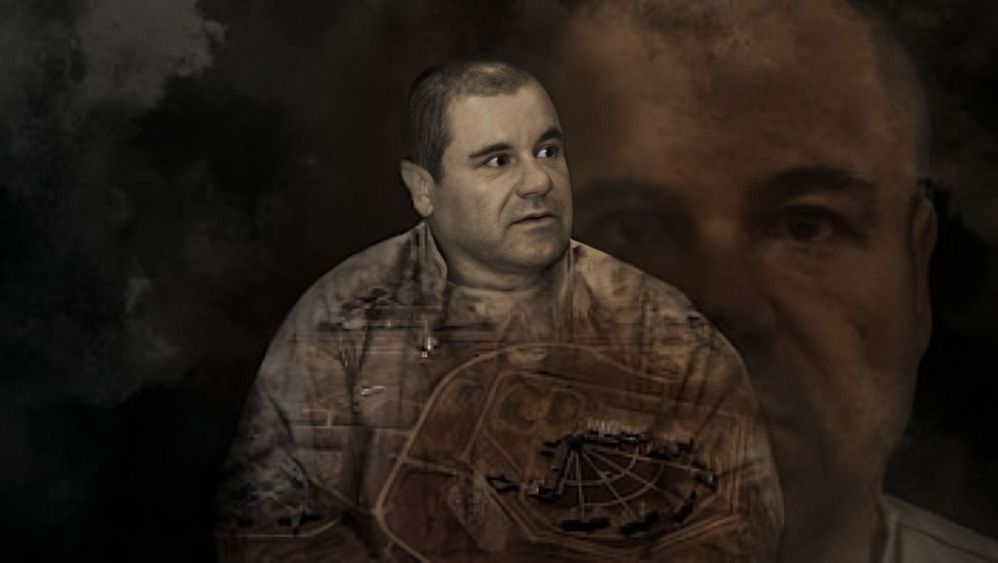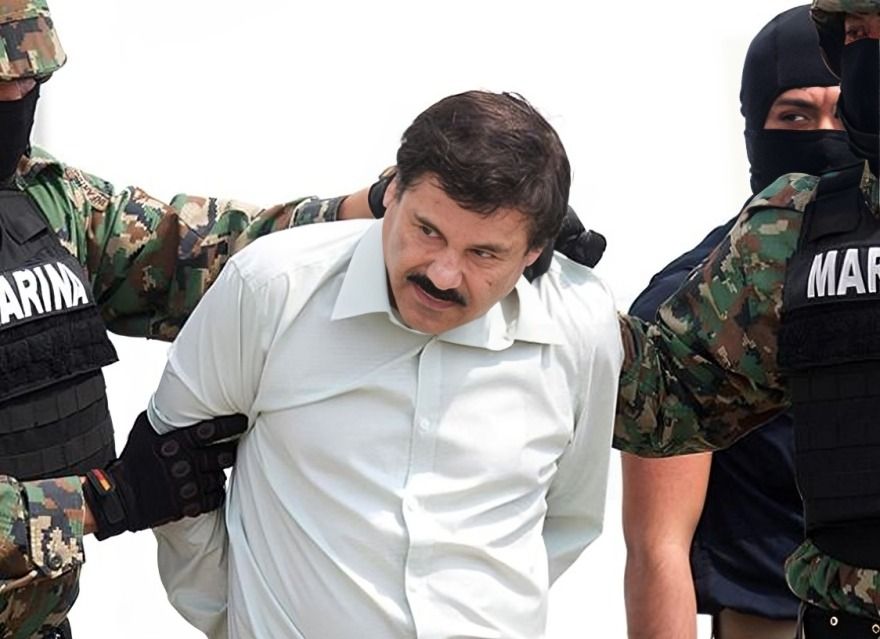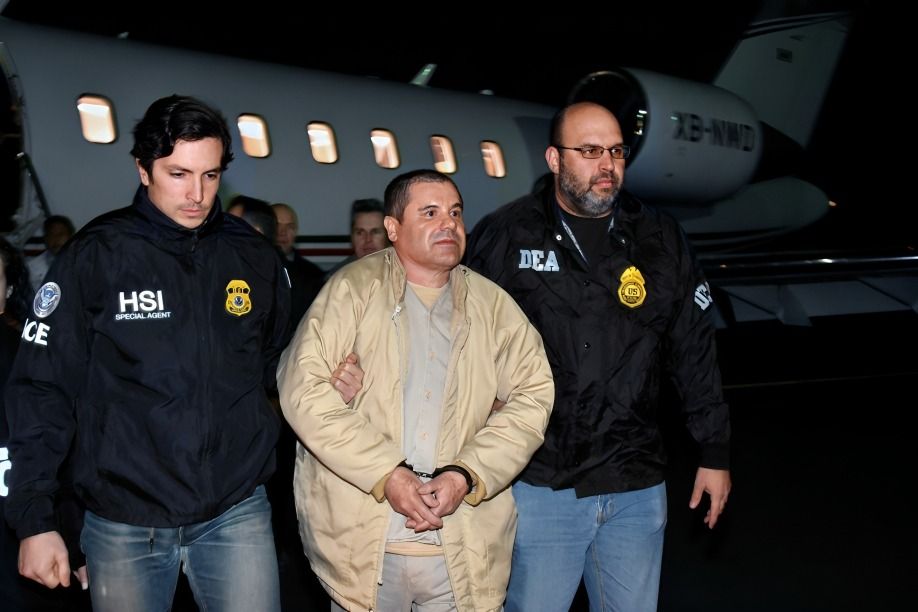
“
El Chapo, one of history's most infamous drug lords, built the Sinaloa Cartel into one of the largest and most powerful drug empires in the world. Known for his daring escapes, influence over the drug trade, and the violence and corruption that surrounded his reign, his story is as astonishing as it is dark. In this blog, we’ll explore 20 surprising facts about El Chapo’s life and legacy, uncovering his rise from humble beginnings in Sinaloa to his high-profile captures and escapes. Discover the strategy, resilience, and extraordinary lengths he went to maintain his empire.1
”
Joaquín "El Chapo" Guzmán was the leader of the Sinaloa Cartel, one of the most powerful drug trafficking organizations in the world, responsible for smuggling tons of drugs into the U.S.1
El Chapo’s cartel controlled over 25% of all drugs entering the U.S., primarily cocaine, heroin, and methamphetamine, making him one of the wealthiest and most influential criminals.2
El Chapo's net worth was estimated at $1 billion at the height of his power. He amassed incredible wealth through the global distribution of illegal drugs and money laundering operations.3
El Chapo’s prison escapes were legendary. He famously escaped from a maximum-security prison in 2015 through a tunnel dug beneath his cell, aided by his cartel’s resources.4
He was arrested multiple times, but his cartel's power and influence often helped him escape authorities, making him a symbol of the cartel's reach and control over Mexican politics and law enforcement.5

El Chapo had a large network of allies, including corrupt officials, police officers, and even military personnel, who helped him avoid capture and maintain his empire for decades.
The Sinaloa Cartel, under El Chapo’s leadership, controlled drug production in several countries, including Colombia, Peru, and Bolivia, and had access to large amounts of cocaine and other narcotics.6
El Chapo’s cartel was involved in violent turf wars with rival drug cartels, including the Zetas and the Juarez Cartel, which resulted in thousands of deaths and widespread violence in Mexico.7
The Sinaloa Cartel also ran sophisticated money-laundering operations, using a variety of tactics including shell companies, real estate, and trade-based money laundering to move and clean drug profits.8
El Chapo’s power extended beyond Mexico. He had connections with major international criminal organizations, including cartels in the U.S., Europe, and Asia, further solidifying his influence globally.9
El Chapo's public persona was built around his reputation as a tough and ruthless leader. He gained media attention for his escapes and his complex web of criminal activities.10

The Sinaloa Cartel used advanced technology for smuggling operations, including drones to scout areas for authorities and tunnels for safely transporting drugs under the U.S.-Mexico border.
El Chapo’s empire relied on bribing officials at every level of government, including politicians, judges, and law enforcement, to ensure the protection of his cartel’s operations and to avoid capture.11
El Chapo's family played a crucial role in his operations. His sons, particularly Iván Archivaldo Guzmán and Jesús Alfredo Guzmán, helped manage the cartel’s operations, continuing his criminal legacy.12
El Chapo's reign ended in 2016 when he was recaptured after his second escape from prison, leading to his eventual extradition to the United States for trial.13
El Chapo’s trial in the U.S. was widely covered by the media, where details emerged about his violent crimes, bribery of officials, and his attempts to run the cartel from prison.14
The Sinaloa Cartel’s operations included smuggling drugs by land, sea, and air, using everything from submarines and planes to trucks and tunnels to move narcotics into the U.S.15

El Chapo's leadership also involved high levels of intimidation. He used kidnapping, murder, and public displays of violence to assert his dominance and intimidate enemies and local populations.
El Chapo's escape tunnel in 2015 was a feat of engineering, complete with a motorcycle on tracks, which he used to escape from prison and remain at large for several months.16
After his capture, El Chapo’s wealth and power were diminished, but the Sinaloa Cartel remains one of the most powerful and enduring criminal organizations, now being run by his associates and family members.17


